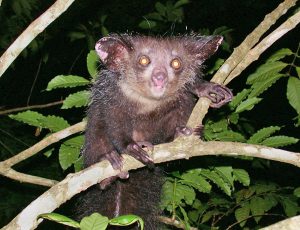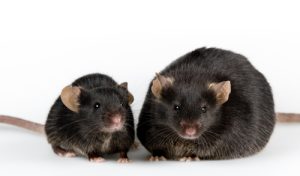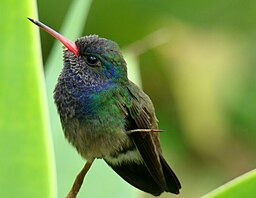
Monotremes?
I guess not many of us are too familiar with the egg-laying mammals of the world. There are only five, which are the renowned duck-billed platypus and the four extant species of echidna. Also known as spiny anteaters, echidnas are solitary medium-sized mammals covered with coarse hair and spines. They could easily be mistaken for a large hedgehog or a small porcupine but are related to neither. Echidnas, along with the platypus, belong to the biological order Monotremata and have the collective name of “monotremes”. The name is derived from Greek, meaning “single opening”. This refers to the unusual trait that these mammals use the same orifice for both reproduction and discharging bodily waste.
All extant species of monotremes are indigenous to New Guinea and/or Australia. The commonality of these nocturnal, terrestrial mammals is a constant search for food during their waking hours. Here’s a brief narrative on the world’s only egg-laying mammals:
Western Long-beaked Echidna
The western long-beaked echidna (Zaglossus bruijinii) is endemic to New Guinea. It is the largest of the monotremes and can weigh up to 18 kg. Its dietary staple is the earthworm, which it unearths using its powerful, sharp claws. This echidna’s preferred habitat is montane forests, which means it is rarely found below 2,000 m.
Mating season for the species occurs for four weeks during the summer months (December to March). The female echidna usually only produces one offspring, known as a puggle. Illegal poaching and the ongoing destruction of habitat have led to a sharp decline in the species’ numbers. The demise of the western long-beaked echidna has led to it being labelled “critically endangered” by the International Union for Conservation of Nature (IUCN).
Eastern Long-beaked Echidna
The eastern long-beaked echidna (Zaglossus bartoni), also known as Barton’s long-beaked echidna, is found across New Guinea’s central islands and Huon peninsula. On average it is a little smaller than the western long-backed echidna but is the second largest of the monotremes. Its preferred habitats include tropical hill forests, sub-alpine forests and grassy uplands at elevations of between 2,000 m and 3,000 m.
The eastern long-beaked echidna faces much the same survival issues as its western cousin. However, since 2016, it has been listed as “vulnerable” by the IUCN, which is an improvement on its previous “critically endangered” status.
Short-beaked Echidna
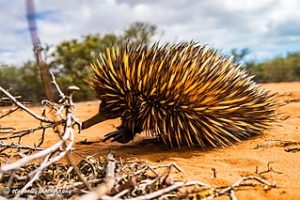
Photo credit: Creative Commons/CC BY-SA 4.0
The short-beaked echidna (Tachyglossus aculeatus) is found throughout much of lowland New Guinea. It also happens to be Australia’s most widely distributed mammal, its range covering most of the country. The smallest species of echidna grows to an absolute maximum of 7 kg in weight. It has adapted to a wide range of habitats, including suburbia, coastal forests and dry inland areas.
The short-beaked echidna is currently not viewed as being under threat by the IUCN. Its biggest killer in Australia is the motor car. However, the species, and particularly the young, have many predators, including birds of prey, wild dogs, snakes, lizards, cats, and foxes.
Sir David’s Long-beaked Echidna
Sir David’s long-beaked echidna (Zaglossus attenboroughi) is also known as Attenborough’s long-beaked echidna. It is named in honour of the world-renowned British broadcaster and naturalist Sir David Attenborough. Its range is limited to the Cyclops Mountains in the Indonesian-held territory of Papua. On average, Sir David’s echidna is only a little larger than the short-beaked echidna, weighing an absolute maximum of 10 kg.
Sir David’s long-beaked echidna is currently classified as “critically endangered” by the IUCN. The main threat to this extremely rare creature comes from local hunting. In fact, until the species was recently caught on camera by a recent expedition to the Cyclops Mountains (November 2023), it was thought to be extinct. This sighting of the species was the first in more than 60 years since it was last spotted in 1961.
Duck-billed Platypus
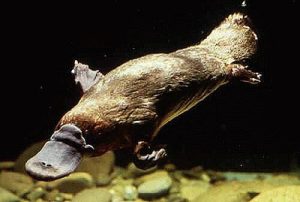
Photo credit: Creative Commons/CC BY 2.0 DEED
The duck-billed platypus (Ornithorhynchus anatinus) is often referred to as just the platypus. It is the sole extant member of both its biological genus (Ornithorhynchus) and family (Ornithorhynchidae). The name of “platypus” comes from the Greek word for ‘flat-footed’. The small, semi-aquatic, odd-looking, mammal, endemic to eastern Australia (including Tasmania), weighs in at a maximum of 2.5 kg.
Although fully protected under Australian legislation, the platypus is thought to be in decline. However, the elusive nature of the creature makes it difficult to estimate its population with any great degree of accuracy. Destruction of habitat and pollution of waterways are the biggest threats to the platypus. It is currently classified as a “near-threatened” species by the IUCN.
Did You Know?
Did you know that “Echidna” is a monster from Greek mythology? She is most often described as having the head of a beautiful woman and the body of a serpent.
Header image credit: Creative Commons/CC BY-SA 3.0 DEED
